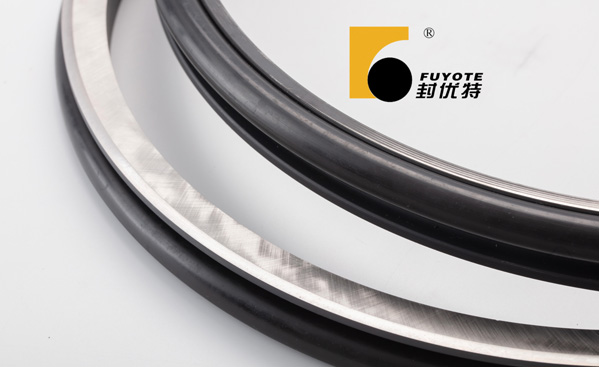The generation of the oil film in floating seals is influenced by the material, design, and manufacturing process. This article explores how the floating seal generates an oil film.

The floating seal is composed of two main parts: the dynamic ring and the static ring. The static ring is mounted on the stationary component, while the dynamic ring is fixed on the rotating shaft. The space between the two rings is known as the oil seal cavity. The oil film is initiated by the lubricating oil in the oil seal cavity. When the mechanical equipment starts operating, the lubricating oil is injected into the oil seal cavity, filling the gap between the two rings. The viscosity of the lubricating oil plays a crucial role in the formation of the oil film. Generally, higher viscosity results in a thicker oil film, which provides better lubrication.
During the operation of the mechanical equipment, the sealing surface interacts with the lubricating oil in the oil seal cavity, forming a lubricating oil film. This film reduces friction between the rotating and stationary parts. Due to the lubricating properties of the oil, the dynamic ring of the floating seal can float on the static ring and maintain a microscopic radial gap. This prevents external contaminants from entering the oil seal cavity and protects the service life of various components.
Apart from the influence of the lubricating oil, the design, material, and manufacturing process of the floating seal also affect the quality of the oil film. A well-designed oil seal structure and appropriate material selection can enhance the stability and sealing of the oil film. By selecting suitable floating seal materials and designs based on the working environment and equipment requirements, the oil film can effectively fill the sealing surface and minimize leakage.